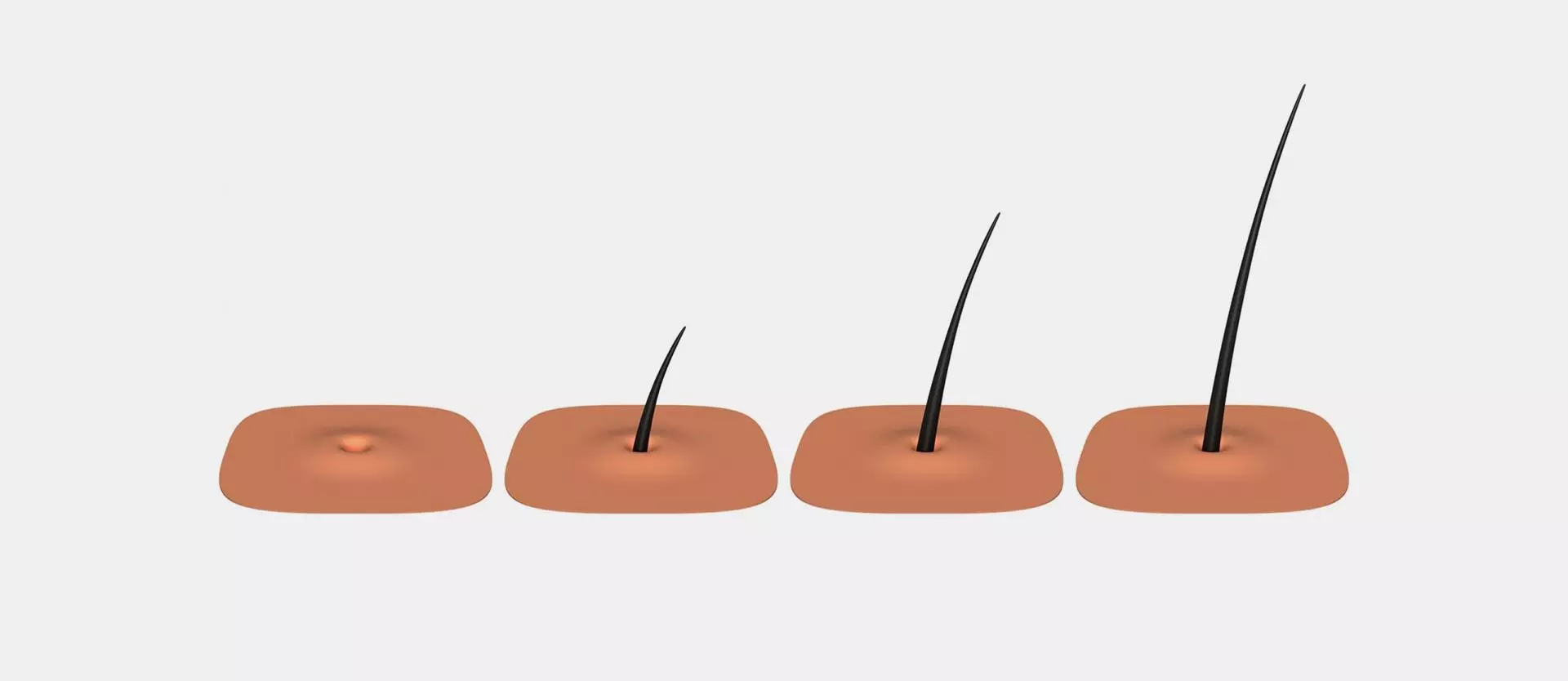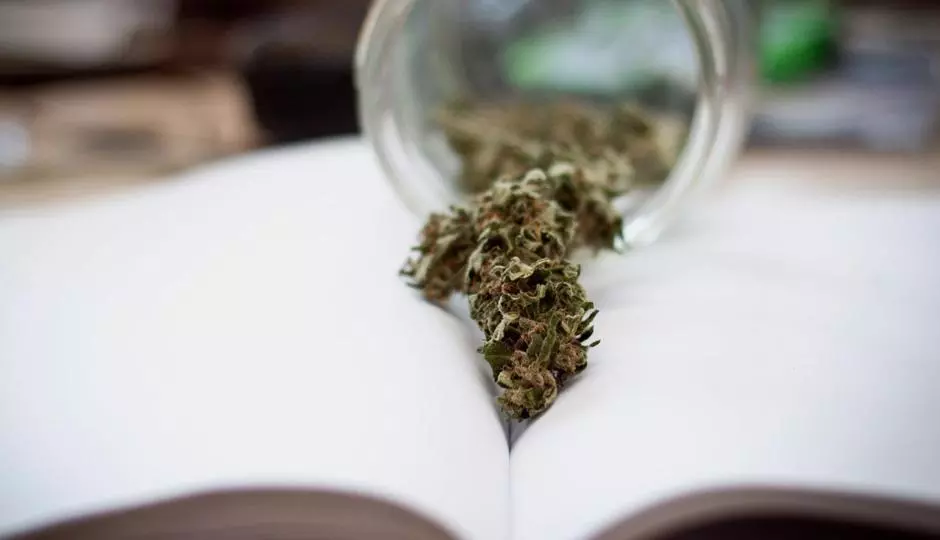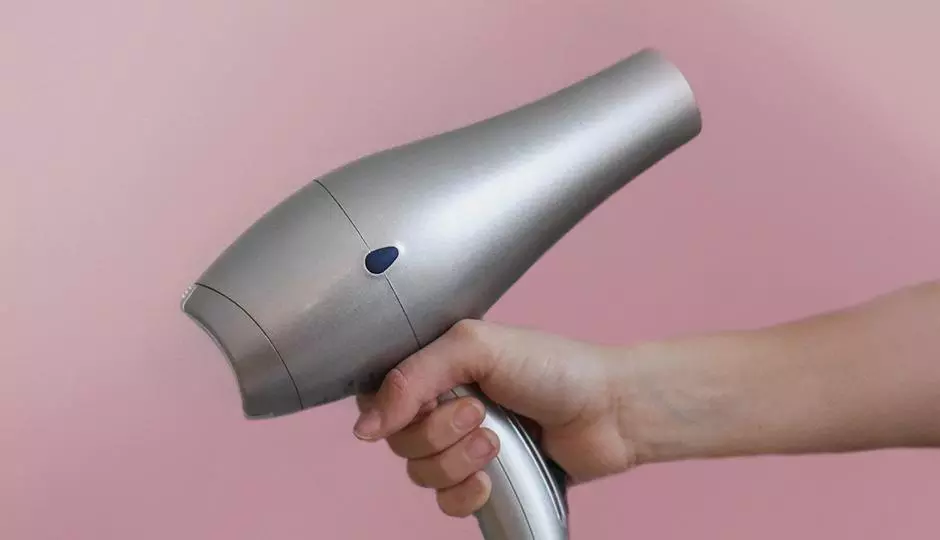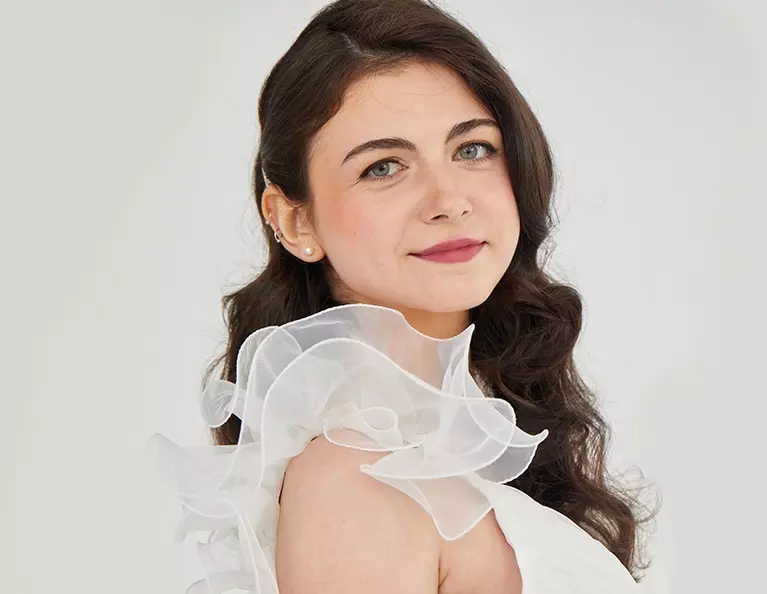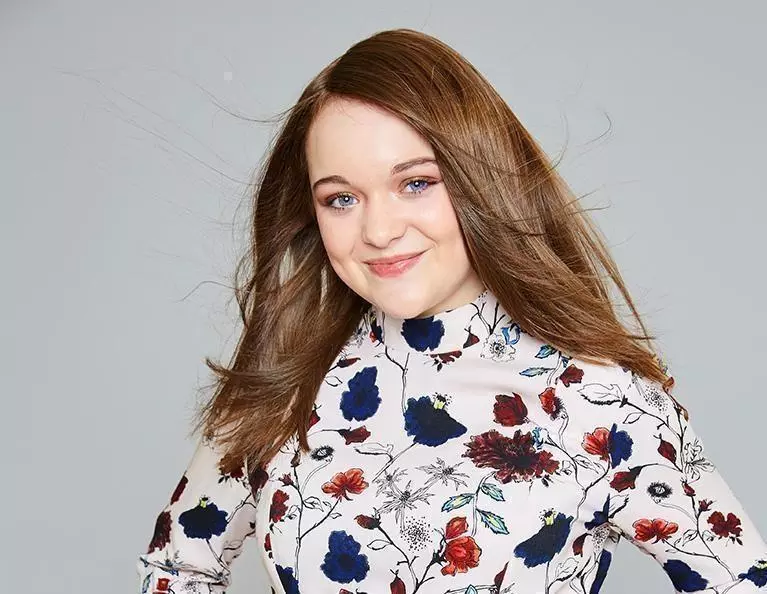You have heard a lot about the hair growth cycle over the years, but do you know what it is and how it impacts your hair growth? Though hair may seem like a very simple thing, it is actually quite complex with a variety of features that make it a bit harder to control than you may realize. However, understanding the hair growth cycle can help you to understand why your hair seems thinner or what you can do to improve the overall look of your hair. Here is what you should know about it.
How Your Hair Grows
First, let’s talk about some common myths. Your hair is not all growing at the same time. No matter how healthy you are, your hair will shed from time to time. Losing a significant amount of hair does not automatically mean you are going bald. Rather, this all relates to the hair growth cycle, the process in which hair grows, falls out, rests, and then regrows in place. All of this happens to every person, no matter your age. Even at just 22 weeks during pregnancy, a baby is beginning the process.
The hair growth cycle is an ongoing process. This means that every hair on your head is likely at a different stage of the cycle. On an average day, then, about 90 percent of all of your hair is in what we call the resting phase of the growth cycle – that is, it is not actively growing. The other 10 percent of your hair, is in one of two areas of the cycle – it is either in the shedding phase or it is in the growing phase. Your hair will shed many times throughout your life. If it does not regrow, this is when we experience balding.
Let’s get into some more detail here.
Your hair grows from a small opening on your scalp called the follicle. This is where all of the growth comes from. But, did you know your hair is actually not alive? Once the hair begins to grow from the follicle, it is no longer a living part of your body. Rather, hair, which is made up of a material called keratin. It is the same type of material on your fingernails. Because it is not a living component of the body, you have no feeling in it, you can change it using chemicals, and it can fall out without any type of warning.
The Growth Phase
The hair growth cycle begins with a process anagen. During this phase of the hair growth cycle, the first cells divide. This occurs in the root of the hair in the follicle itself. Over time, this creates hair strand. Did you know that it can take between two and six years for that hair to reach its full potential? Your hair remains in this growing phase for that amount of time. Most of the time, hair grows at a rate of just a fourth of an inch each month.
The Catagen Stage
The next stage lasts about two to three weeks. It is a type of transitional stage called the catagen stage. Here, club hair develops in which the hair follicle will then attach to the hair strand itself. This cuts the follicle’s access to blood flow. As a result of this, it can no longer produce new hair. This is the beginning of the shedding stage. The hair simply falls out.
The Resting Phase
The final step in the process is the resting phase. It is also known as the telogen phase. During this time, there is no hair growth from the follicle. The follicle is resting or not producing. This phase can last between two and four months, sometimes longer for some people. The hair sheds and then the process halts for a few months.
Understanding this growth process can give you some insight into why your hair feels lighter or heavier. It can also give you an idea of what factors may be impacting your hair growth and loss. Most people will lose an average of 100 strands of hair each day. This is why you need to know just how normal this can be for your hair.
To learn more contact the team at Unique Hair Concepts.
